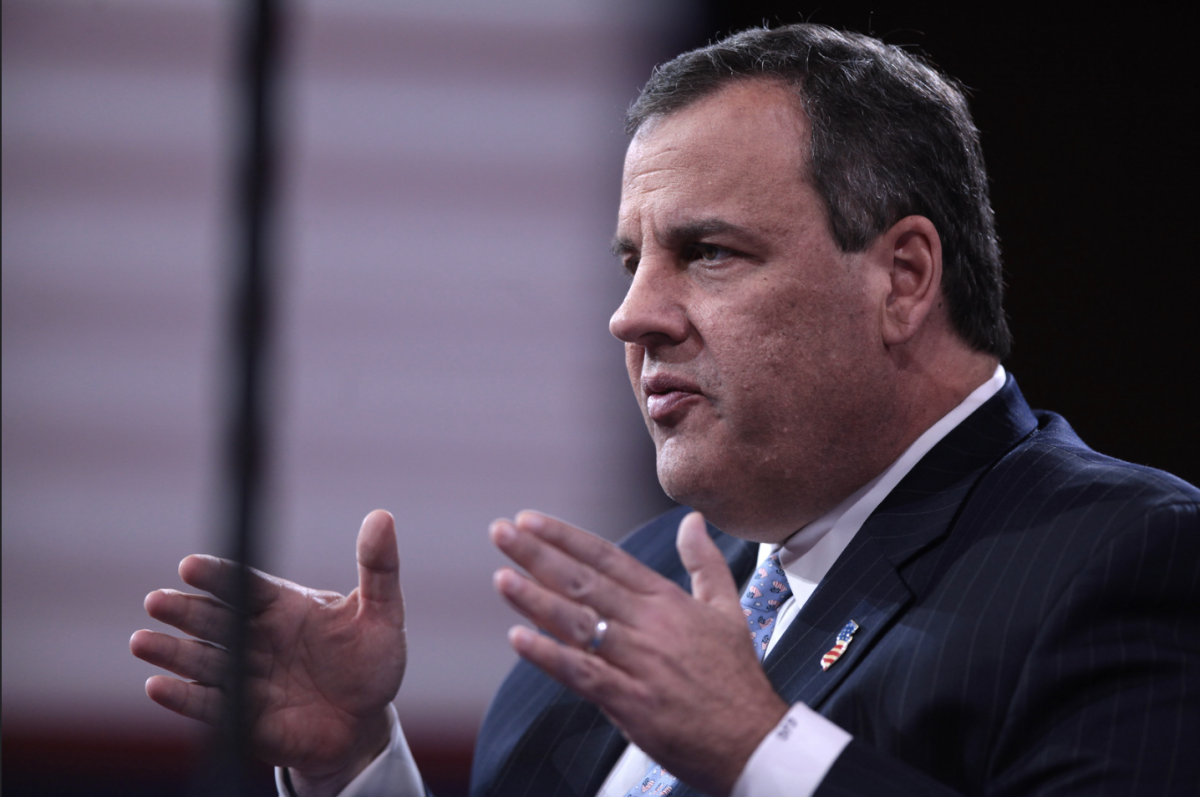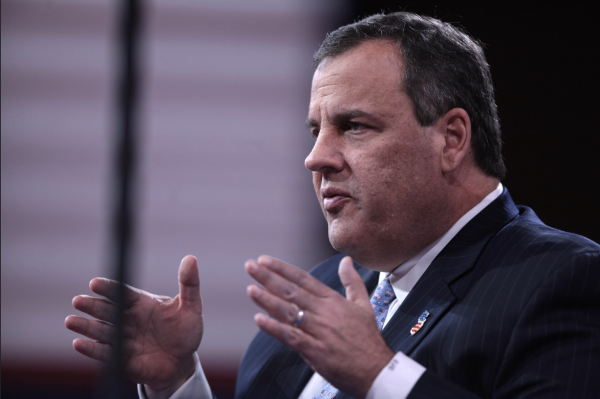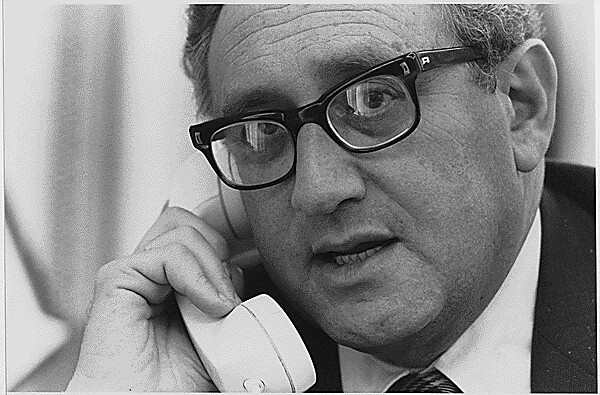SpaceX: Revolutionizing Space Exploration
“With full reusability [of the stage 1 rocket], SpaceX launches will see price cuts up to 98%.”
February 21, 2017
Before the private sector became involved in space exploration, NASA and government launches were sporadic, costly, and often suffered from insufficient funds. However, private companies, such as SpaceX, have quickly changed all of that for the better.
Space Exploration Technologies Corporation (or SpaceX for short) is a private aerospace exploration company headquartered in California. Entrepreneur and inventor Elon Musk created SpaceX in 2002 to eliminate many of the costs and hindrances found in government-funded space travel. They launched their first rocket, the Falcon 1, in 2008, and since have launched a variety of rockets and have recently set the aerospace world abuzz with their recent record-breaking launch numbers. In fact, SpaceX has launched 30 rockets in the past six years. They plan to launch approximately 18 rockets in 2017 alone, an astonishing achievement in the aerospace industry. But without government funding, many people ask one simple question: How do they do it?
SpaceX is a privately funded corporation. Funds come from private investors, private equity, and even Musk’s personal finances. The corporation has also received funds from launching satellites over the years, which earn revenue from commercial customers. With private funding, SpaceX can run on its own schedule, free from political constraints. However, this still does not explain how SpaceX can launch so many rockets in such a short amount of time. SpaceX is dedicated to maximizing efficiency, evident with their use of cheaper material to build their rockets. SpaceX even uses eco-efficiency to lower prices. In an earlier era, NASA would launch rockets, and the debris from the launch would simply be released into the ocean and abandoned. However, today SpaceX has developed rocket boosters that can turn around and land back on Earth instead of dropping into the ocean and being lost forever. With full reusability, SpaceX launches will see price cuts of up to 98%.
Overall, SpaceX has promoted a more positive and hopeful future for space exploration and industry as a whole. They operate on an independent schedule and can maximize economic efficiency as a result. One of the main concerns with the rapid fire launch schedule that SpaceX follows is the increase in launch disasters. However, out of the 30 flights that have been launched, only 2 have experienced launch failures, and improvements are constantly taking place.
SpaceX’s most recent successes came on February 19th, when they not only launched their first rocket from NASA’s historic Launch Complex 39A where the Apollo and Space Shuttle launched their missions. The private corporation successfully navigated the Falcon 9 first-stage booster safely back to a landing pad at Cape Canaveral Air Force Station. This seems to mark the final passing of the baton from governmental to private aerospace corporations. SpaceX has already made history, and with plans to fly to Mars in 2020, the future looks bright for both SpaceX and space exploration.
































